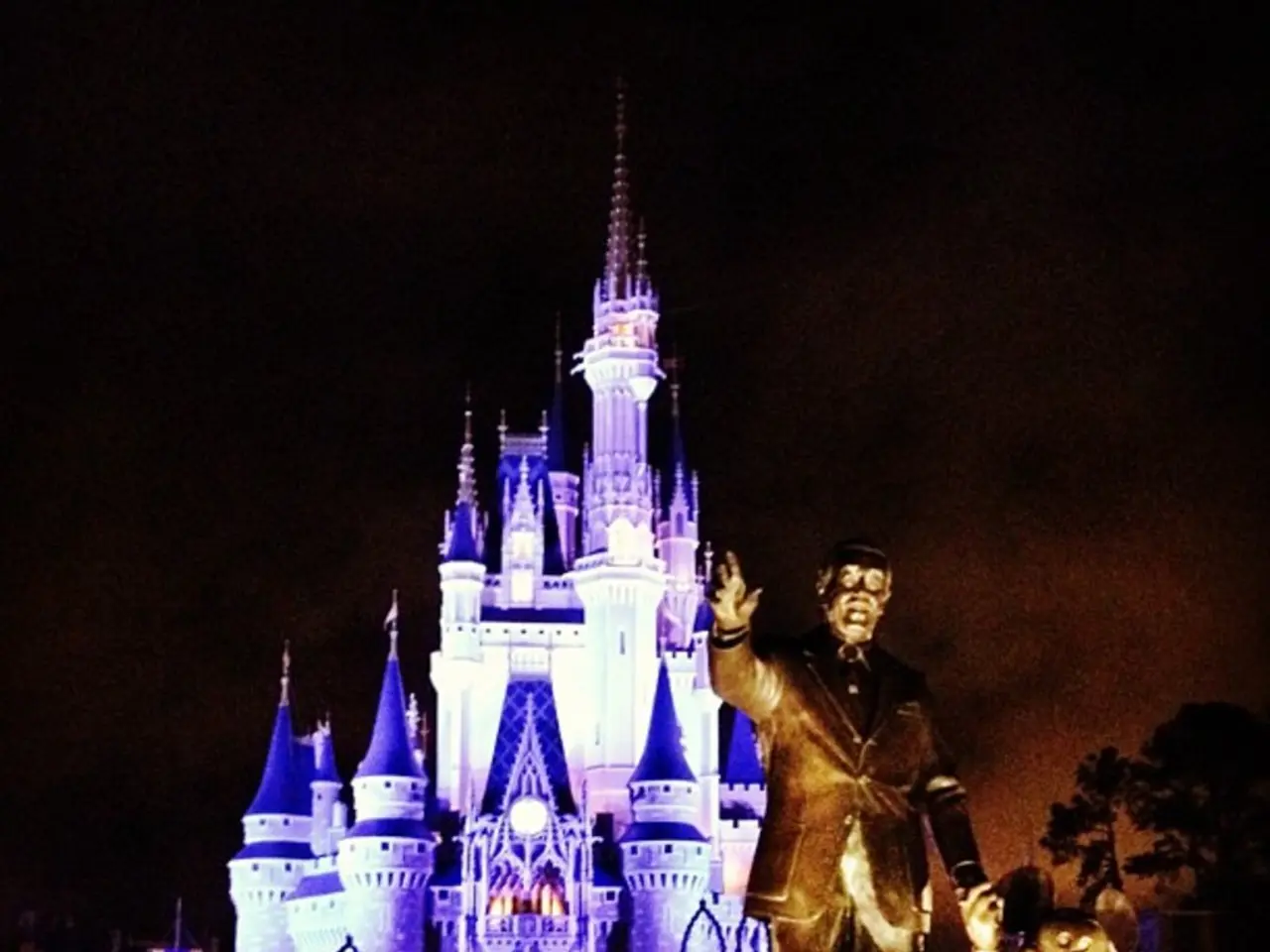Unesco Designates Bavarian Castles as World Heritage Sites
The iconic royal castles of Bavaria, including Neuschwanstein Castle, Herrenchiemsee Castle, Linderhof Castle, and Königshaus am Berg Schachen, have been officially added to the UNESCO World Heritage List as of July 2025. These palaces, built in the 19th century under King Ludwig II of Bavaria, have been internationally recognised for their historical, architectural, and cultural significance.
Located in Upper Bavaria, these imposing castles are nestled in idyllic surroundings that add to their enchanting allure. Neuschwanstein Castle, one of Germany’s most iconic landmarks, is known for its fairy-tale appearance with numerous spires and lavish interiors. Despite their historical appearance, these modern buildings for their time were commissioned by King Ludwig II as a private retreat but were left unfinished. Neuschwanstein attracts over 1 million visitors annually, underlining its cultural and touristic importance.
Herrenchiemsee Castle, modelled after the Palace of Versailles, reflects Ludwig II's admiration for the French monarchy and manifests his fascination with grandeur and elaborate architectural styles. Linderhof Castle, another palace reflecting Ludwig II’s unique artistic vision, is known for its ornate design and beautiful gardens, representing one of the few palaces Ludwig saw completed during his lifetime. Königshaus am Berg Schachen, a mountain retreat, reflects the more private, intimate side of King Ludwig II’s architectural projects and complements the grandeur of his other palaces.
These castles exemplify Ludwig II’s visionary yet eccentric approach to architecture, blending romanticism with historicism and extravagance. Their inscription as UNESCO World Heritage Sites highlights their universal value as outstanding examples of 19th-century palatial architecture and their significance in European cultural heritage. These sites are expected to increase global tourism and scholarly interest, while ensuring long-term conservation and international recognition.
The World Heritage seal does not provide financial support but increases global recognition and prestige for designated cultural sites, benefiting tourism. The castles attracted over 1.7 million visitors last year, including many international tourists. As of the German UNESCO Commission, there are currently 1223 World Heritage sites in 168 countries worldwide.
In summary, Bavaria’s royal castles embody a unique confluence of fantasy, art, and history, and their new UNESCO status cements their place as treasures of world heritage. These sites are expected to attract even more visitors in the future, further cementing their status as iconic landmarks and significant contributions to European cultural heritage.
The community policy concerning these newly designated UNESCO World Heritage sites, specifically the royal castles of Bavaria, may need to focus on managing the Increased environmental impact from the influx of home-and-garden enthusiasts, travelers, and those visiting for lifestyle purposes. Despite their historical and architectural significance, it's crucial to ensure these sites are maintained in a sustainable manner to preserve their beauty for future generations.




